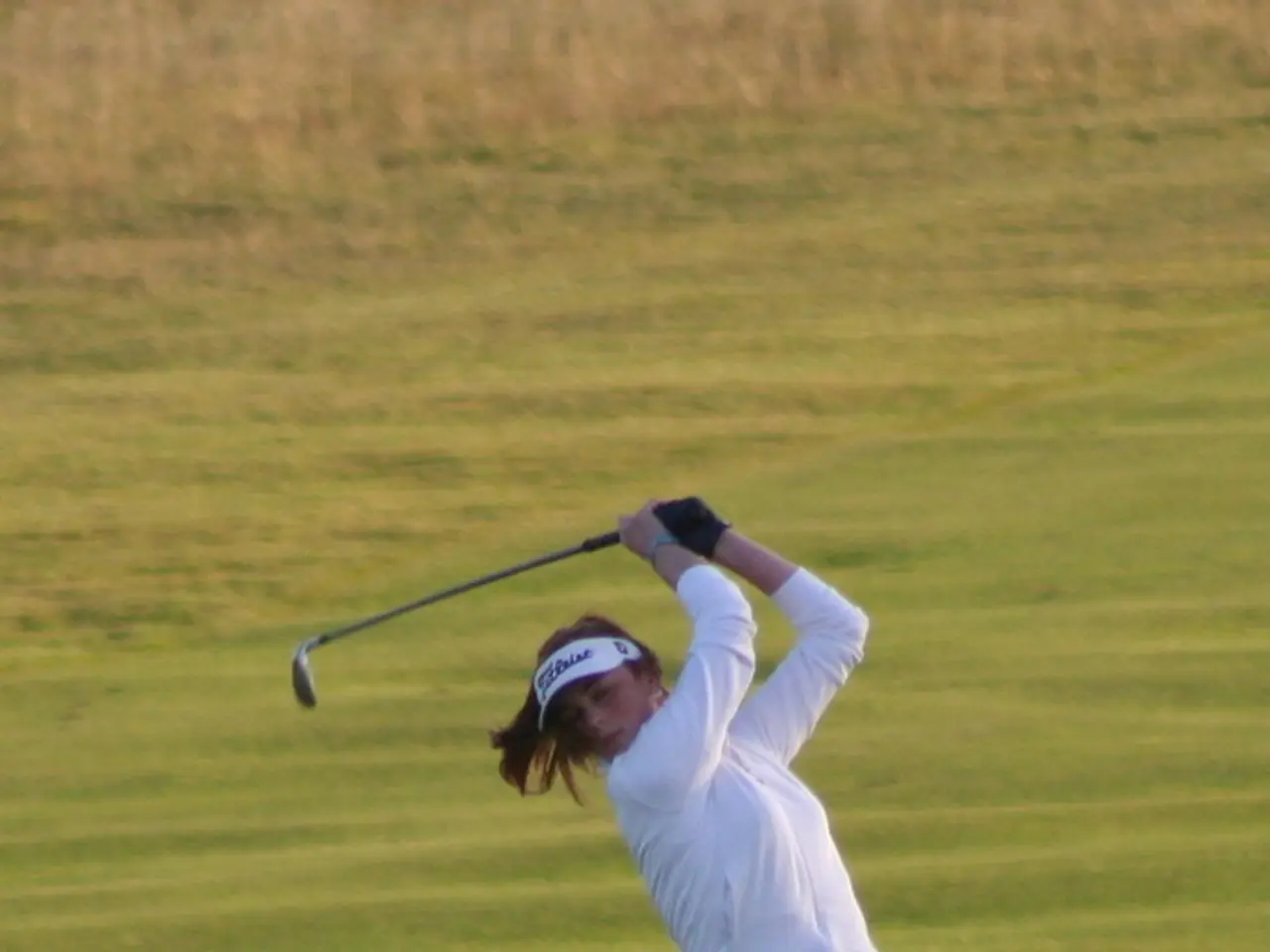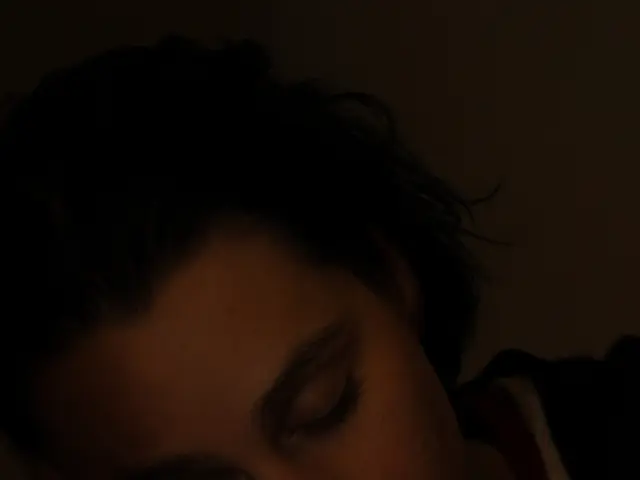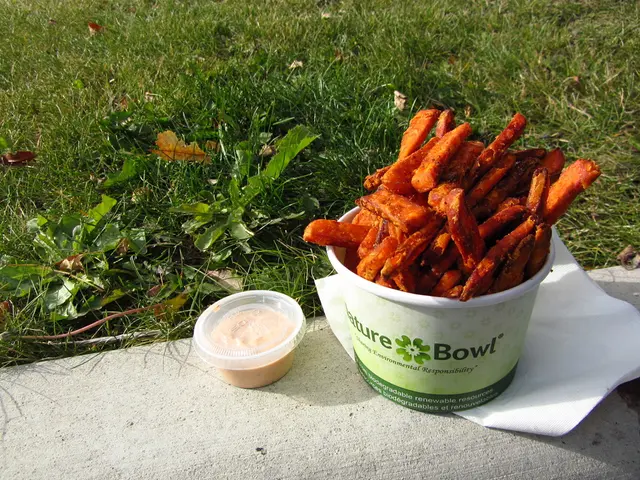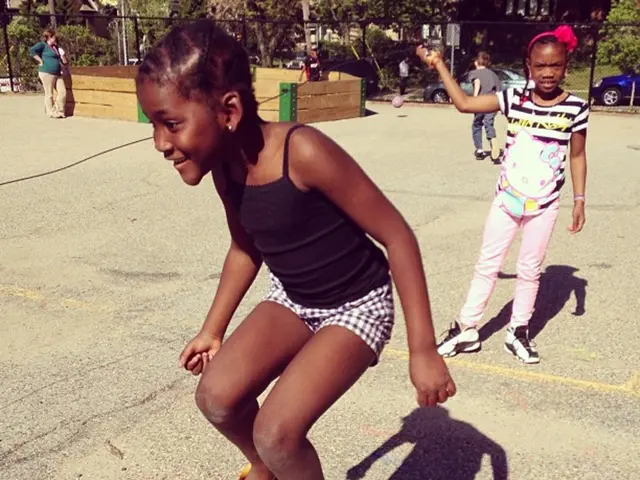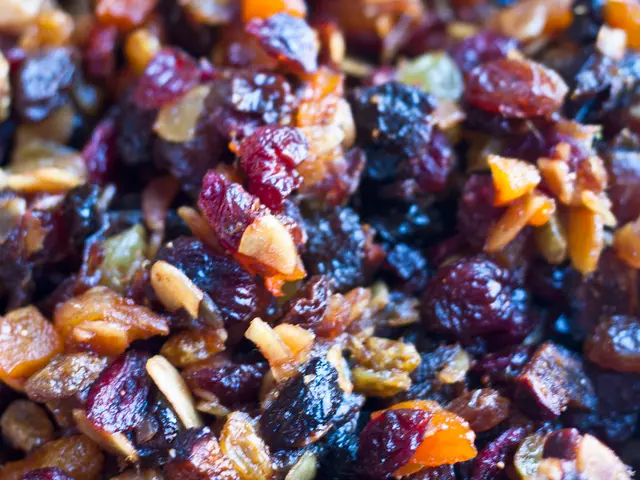Strategies for Navigating Joint Mobility Issues Associated with Golfer's Elbow
Golfer's Elbow, also known as medial epicondylitis, is a common condition that causes pain and inflammation in the tendons connecting the forearm muscles to the inner part of the elbow. Although it is often associated with golfers, anyone who regularly uses repetitive wrist and forearm movements can be affected.
Preventing Golfer's Elbow involves adequate warm-up, proper technique, gradual increase in activity intensity, regular breaks, and ergonomic equipment. However, when symptoms such as pain or tenderness on the inner side of the elbow, weak grip strength, pain that worsens with gripping or lifting objects, and stiffness in the elbow, do occur, it's important to seek proper diagnosis and treatment from a healthcare professional.
Beyond the common treatments such as rest, stretching, icing, bracing, and physical therapy, additional effective treatments for Golfer's Elbow include advanced non-invasive therapies and manual techniques.
One such treatment is Shockwave Therapy, which uses high-energy acoustic waves to stimulate healing by improving blood flow, breaking down fibrotic tissue, and encouraging collagen production. It is particularly beneficial for chronic Golfer’s Elbow cases that do not respond to conventional therapies.
Another modality is INDIBA® Activ Therapy, which applies radiofrequency current at 448 kHz to promote cellular repair and reduce inflammation at a deep tissue level. This method is suitable for both acute and chronic medial epicondylitis.
Dry needling, used alongside manual therapy, targets trigger points in the muscles and tendons to alleviate pain and promote healing, with many patients seeing improvement within two weeks.
Manual Therapy, hands-on techniques by a physiotherapist, help improve tissue mobility, reduce pain, and restore function, often combined with other modalities for faster recovery.
Education and ergonomic advice are also essential to preventing recurrence, as learning proper techniques and optimizing work or sport ergonomics can help reduce the risk of further injury.
These advanced therapies offer both short-term pain relief and long-term tissue healing and are often integrated into a comprehensive treatment plan involving exercise and manual therapy. They provide a promising option for those whose symptoms persist despite conventional care, enhancing recovery speed and outcomes.
In addition to these treatments, managing mobility with Golfer's Elbow involves several strategies, including techniques recommended by healthcare professionals. Regular breaks during repetitive tasks, alternating tasks, wearing an elbow brace or support, applying ice to the affected area, and resting and modifying activities that aggravate Golfer's Elbow are all crucial for recovery.
Specific stretching and strengthening exercises can also help improve mobility and prevent further injury. By incorporating these strategies into a personalised treatment plan, those suffering from Golfer's Elbow can find relief and return to their daily activities with minimal discomfort.
In the context of health-and-wellness and fitness-and-exercise, advanced therapies like Shockwave Therapy, INDIBA® Activ Therapy, dry needling, and manual therapy are being used to treat Golfer's Elbow, a condition often seen in sports, including football. Besides these treatments, managing the condition involves strategies such as regular breaks during repetitive tasks, wearing an elbow brace or support, and practicing specific stretching and strengthening exercises.
